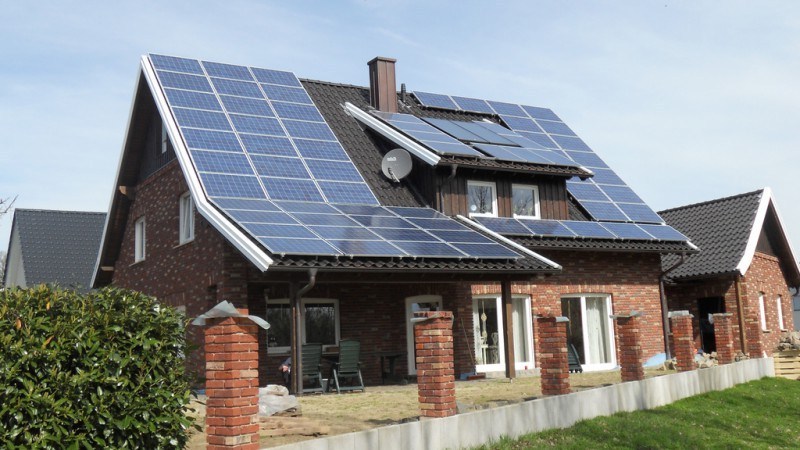Consider Energy Saving Tips when Building a New Home — The high cost of energy and the effect its production has on the environment makes it the duty of every citizen to save energy. You can easily plan for these energy saving tips when you are building a new home.

When building a new home, energy savings start from the time you buy that plot of land to build your dream home. Go round the neighborhood area that you are planning to settle in and inspect existing buildings, especially those that have been around for some time. You will find that people have preferred certain materials, trees, or window facing orientations to take the maximum advantage of the climate in that area. You would do well to follow these trends.
Next, decide whether you want to follow the sun or avoid it. This automatically gives you the correct orientation for the main rooms of your new home. You can save on heating energy if the winters are cold by having south facing windows in the northern hemisphere. At this stage, it is wise to get yourself details on solar devices to save energy, as you may have to position some of them on the roof to get the maximum advantage.
A high energy saving component would be the size of your home. Build a home that is just suitable for your normal needs and that of your family. The less space you have, the cheaper it is on energy expenditure, as you would save on heating or air conditioning. And a smaller home would mean fewer materials used, which automatically saves the energy for the materials needed to build your home.
Must Read:
To achieve energy savings you should look at the possibility of installing solar heating panels for your water and PV (photovoltaic) solar panels to produce electricity. Installation costs are high, but the energy savings over the years will more than recompense the expense. And if you can fit in a water conservation system, you would be a really good citizen.